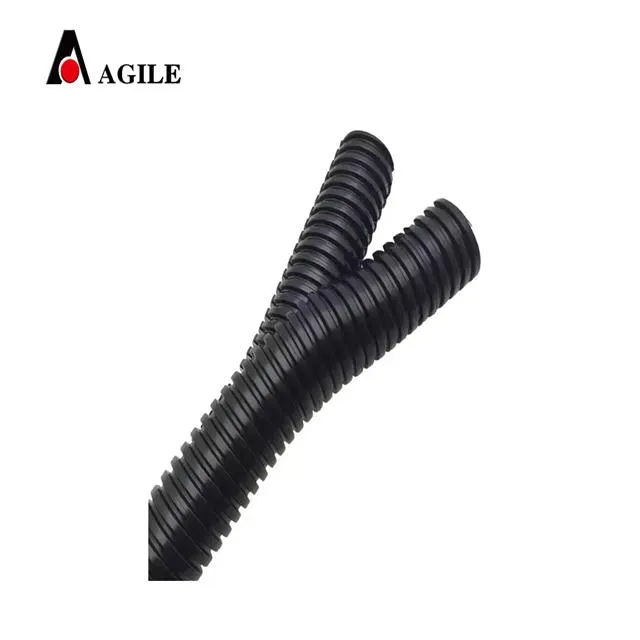cable and hose carrier
The Importance of Cable and Hose Carriers in Modern Industry
In today's fast-paced industrial environment, the role of cable and hose carriers has become increasingly pivotal. These systems, designed to manage and protect electrical cables, hydraulic hoses, and pneumatic tubes, serve as vital components in various machinery and equipment across numerous sectors. Their significance cannot be overstated, as they not only enhance operational efficiency but also promote safety and longevity of critical components.
Cable and hose carriers, also known as drag chains or energy chains, are designed to organize and guide cables and hoses that are in motion. This is particularly important in applications where cables are subject to continuous movement, such as in robotics, CNC machines, conveyor systems, and more. By providing a predictable path for these elements, cable carriers help to prevent entanglement and wear, significantly reducing the risk of equipment failure and costly downtime.
One of the primary advantages of using cable and hose carriers is the reduction of mechanical stress on cables and hoses. In environments where cables are frequently pulled, twisted, or stretched, the wear and tear can lead to insulation damage and ultimately electrical failures. A well-designed carrier keeps cables in place and manages their movements, minimizing strain and extending their service life. This not only ensures consistent performance but also reduces maintenance costs and the inconvenience of unexpected repairs.
cable and hose carrier

Moreover, safety is a significant concern in industrial settings, where loose cables and hoses can pose tripping hazards or become snagged in machinery. By routing these elements through cable and hose carriers, the workplace can be kept tidy and free from obstructions. This enhances safety for all employees and mitigates the risk of accidents. Many carriers are also designed with features that secure cables within the carrier, providing an additional layer of protection against unwanted movement or damage.
Cable and hose carriers come in a variety of materials, sizes, and styles to suit a plethora of applications. From lightweight plastic options for small machines to heavy-duty metal versions for large industrial equipment, businesses can choose the appropriate type of carrier based on their specific needs. Some carriers are even customizable, allowing for modifications in length, width, and internal structures to accommodate unique cable and hose configurations.
Furthermore, as industries increasingly lean towards automation and smart technology, the complexity and volume of cabling continue to grow. In robotic applications, for example, multiple sensors, motors, and power lines all need to function seamlessly together. Cable and hose carriers play a crucial role in these advanced setups, ensuring efficient cable management amidst intricate machinery movements. The design of these carriers may also include features like wear strips or additional drag chain parts to further enhance flexibility and ease of movement.
In conclusion, cable and hose carriers are indispensable components in modern industries, providing a range of benefits from improved operational efficiency to enhanced safety. As businesses continue to evolve and automate their processes, the importance of effective cable management will only increase. Investing in high-quality cable and hose carriers is a strategic move that can lead to improved productivity, reduced maintenance costs, and a safer working environment. As technology progresses, we can anticipate even more innovative solutions within this field, further solidifying the role of cable and hose carriers as essential tools in the industrial landscape.








